Parian marble, the classical nude, and Aegean light have long been among my deepest interests as a photographer; they are part of the reason I have spent nearly my whole adult life here. By probing their secrets of structure, harmony, and intensity, I probe my own.
-Elizabeth Carson
How many people are there in our lives that teach us how to see differently and more clearly? Over the course of a lifetime, perhaps just a few. Crossing paths with these individuals is a marked event, where we remember what is was like before and after. And even when that person is gone, they still feel with you, because the effect they had on your life was so deep.
Elizabeth Carson, (née Wisdom), a photographer and professor recently passed away. She was originally my photography teacher at the Aegean Center for the Fine Arts where eventually we became close friends.
Liz was born in New York in 1941. She attended NYU where she studied cinema. There she met her husband, poet and writer Jeffrey. From cinema Liz transitioned to photography. The two of them traveled to Europe where they stayed for a while, eventually arriving in Paros, Greece. After returning to New York for a period they permanently relocated to Paros in 1970.
Liz was inspired by the light, landscape and figures she found on Paros. It would become her source of inspiration and life’s work capturing the people, animals, structures and nature she found on the island.
From 1974, Liz began teaching photography at the Aegean Center. Her work was featured in The NY Times, The Athens News, and Art Information Report, Fodor’s Greece and in several books. In 1997 Liz’ photographs of the ancient church of Paros was published in the book The Church of A Hundred Doors, 1700 years.
Liz’s photographs of traditional agricultural workers in Paros was long exhibited at the gallery of the Union of Agricultural Cooperatives in Paros. The body of work is an important historical document capturing farming life that is disappearing in the Cycladic islands and Greece.
Liz wrote in the Aegean Center Chronicle about the above photograph, “Threshing:”
“It is part of an extended sequence called Heroes of the Soil, in which I attempted several things. One was to record the old techniques and traditions of farming which, though not obvious to the casual glance, were still being practiced by some farmers old and young. Another was to honor them and their appreciation of their own skills and their respect for them…
The threshers are, I trust, honored by the finished image. When I was photographing, they were working with me, but in the darkroom, needless to say, I was alone.
I first met Elizabeth Carson as a student in Italy. When we visited the Sistine Chapel, Liz noticed me squinting up at the ceiling. I had just lost my glasses a few days earlier in Pisa. She came over and passed me her set of small binoculars. “You can’t miss out on this. Who knows when you’ll be back,” she said.
Although my purpose for studying art in Italy and Greece was for painting, I couldn’t resist taking Liz’s photography class and photo history course. However, I was unable to keep up with the workload in the darkroom—I was spending most of my hours in the painting studio. Meeting with Liz I knew she would be disappointed in me. On the contrary.
“I know that you are working hard on your art, that’s all that matters,” she said, matter of factly.
Whenever I showed her my paintings her feedback was always sensitive, clear, honest and constructive. She knew what worked, what didn’t and why. It was the why part that was always the most helpful. Liz could explain on multiple levels how an image could be viewed, appreciated and felt, referencing photography, cinema, painting and literature. Whenever we talked, I always felt I was just scratching the surface as to the depths of her knowledge and experience.
After my year of studies at the Aegean Center, I was confused and anxious about returning back to the University of Minnesota. I found Liz in her darkroom office. Very quickly she assessed the situation. “Jun, you are a multicultural individual. Just get your diploma and return to Europe. You’re not done here.” And that was that.
I followed her advice and when I saw Liz again it was in Paris where I was living at the time. Liz and Jeffrey looked at my recent paintings as I nervously anticipated their reactions. Liz was encouraging and genuinely happy with what I was doing. “Keep going,” she told me.
Within a few years I had the privilege to teach alongside Liz at the Aegean Center. In Italy we would compare notes on how well the ox and ass were painted in different Italian Renaissance Nativity paintings. Our favorites were the Domenico Ghirlandaio ox and ass in Santa Trinita in Florence.
Often times she would check in on how I was doing and give me advice—this time about teaching and running a class. “Don’t waste your time on those that aren’t worth the trouble. You know when someone’s worth it, they’ll show you,” she advised.
Looking back some of our email correspondence I could see how much Liz was always teaching me and showing me new things:
14 October, 2008 Tuesday 18 hours
Dear Jun-Pierre,
You know the nasturtium bud, caper. And recently you ate the fruit. Here is the exquisite flower. Elizabeth
When someone shows you how to see differently we carry them with us always, in our thoughts, our dreams, our hearts.
Among ionic columns
A single lady stands
Whose stance is meant to tell me
More than her pose demands.
The volutes of the columns
Are dripping morning dew
And mind and flesh are joining
Against resplendent blue.
Her wiles are wisdom I
Require to live and die.
--Jeffrey Carson, 1993

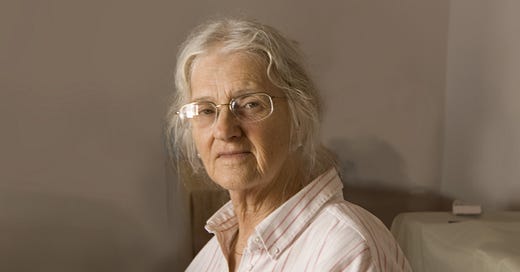



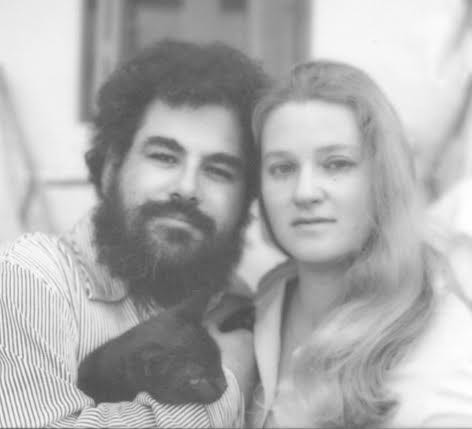
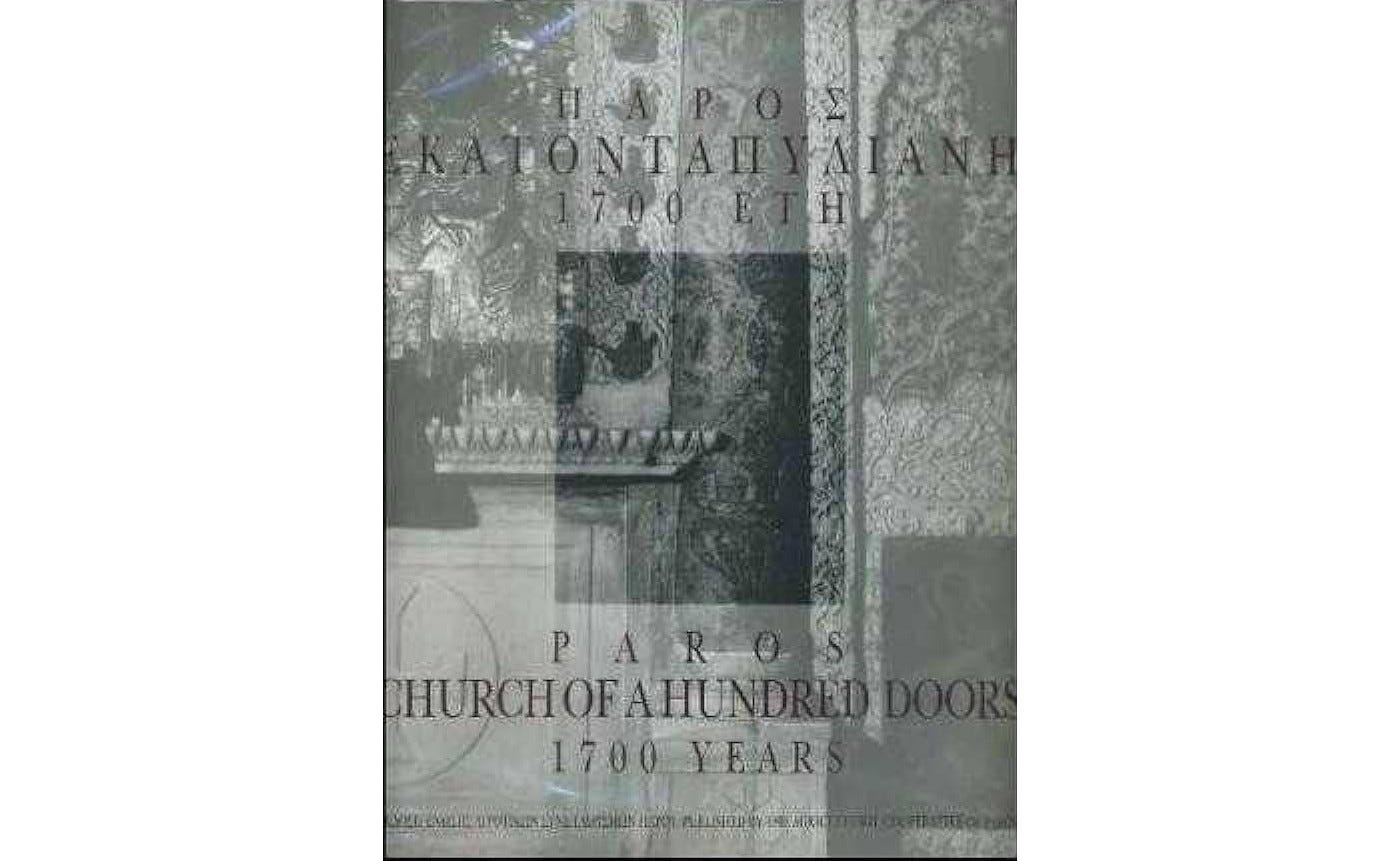
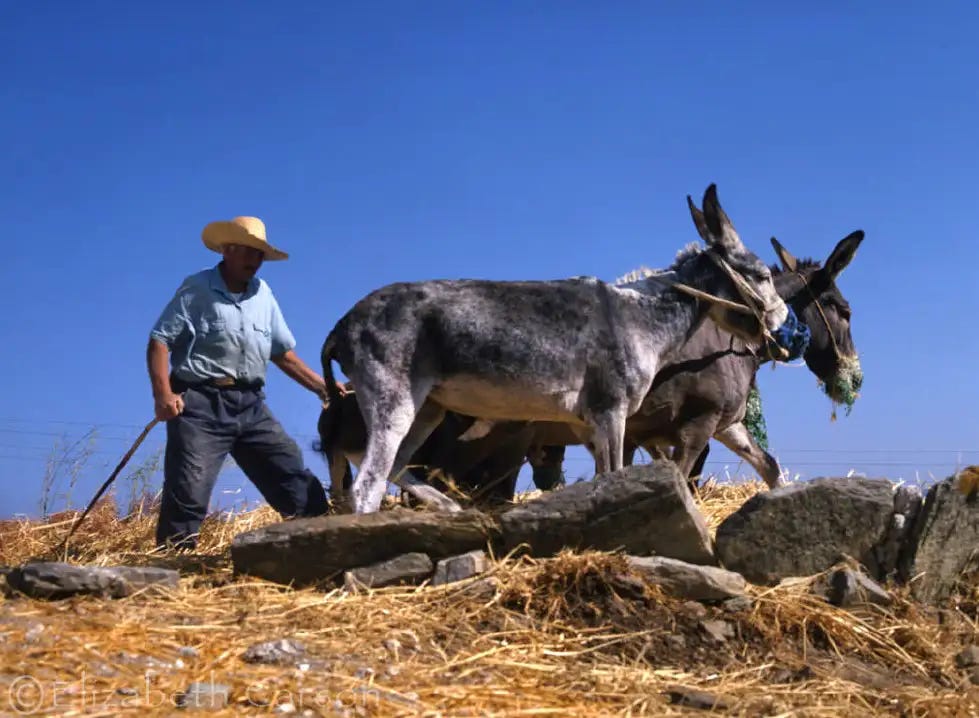
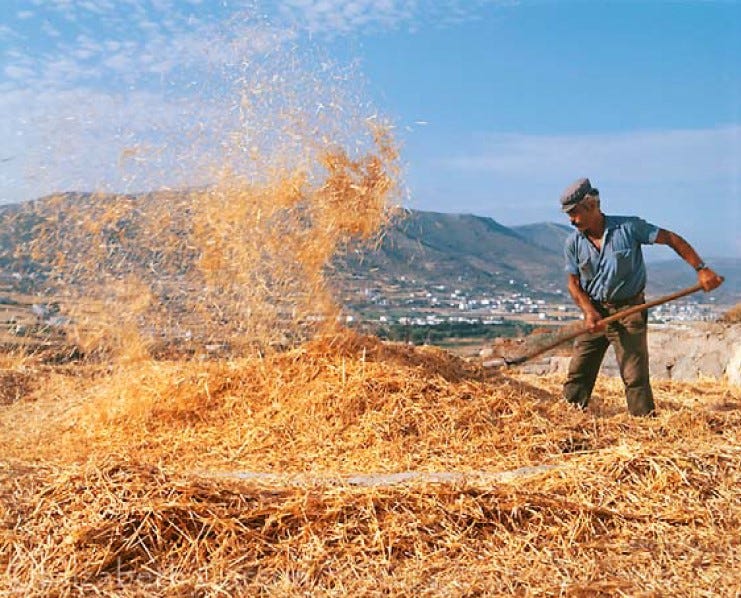
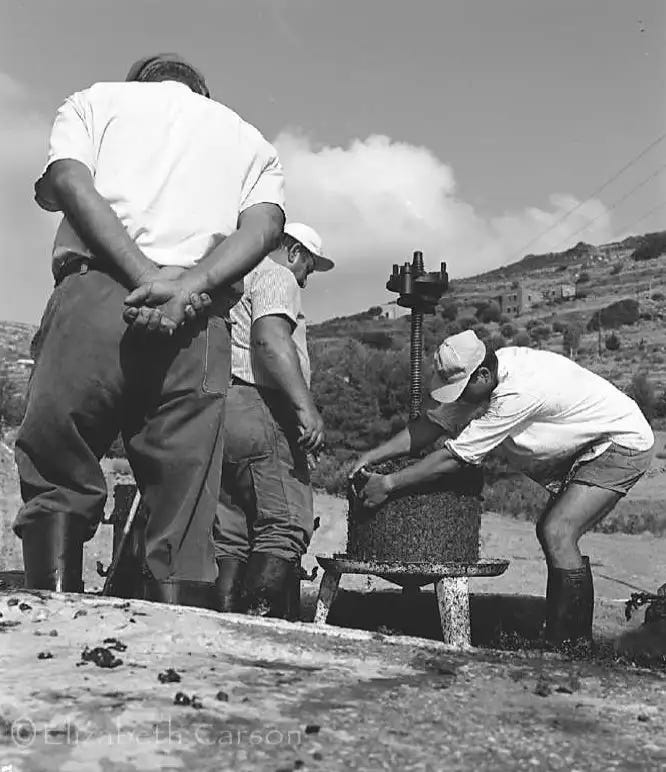
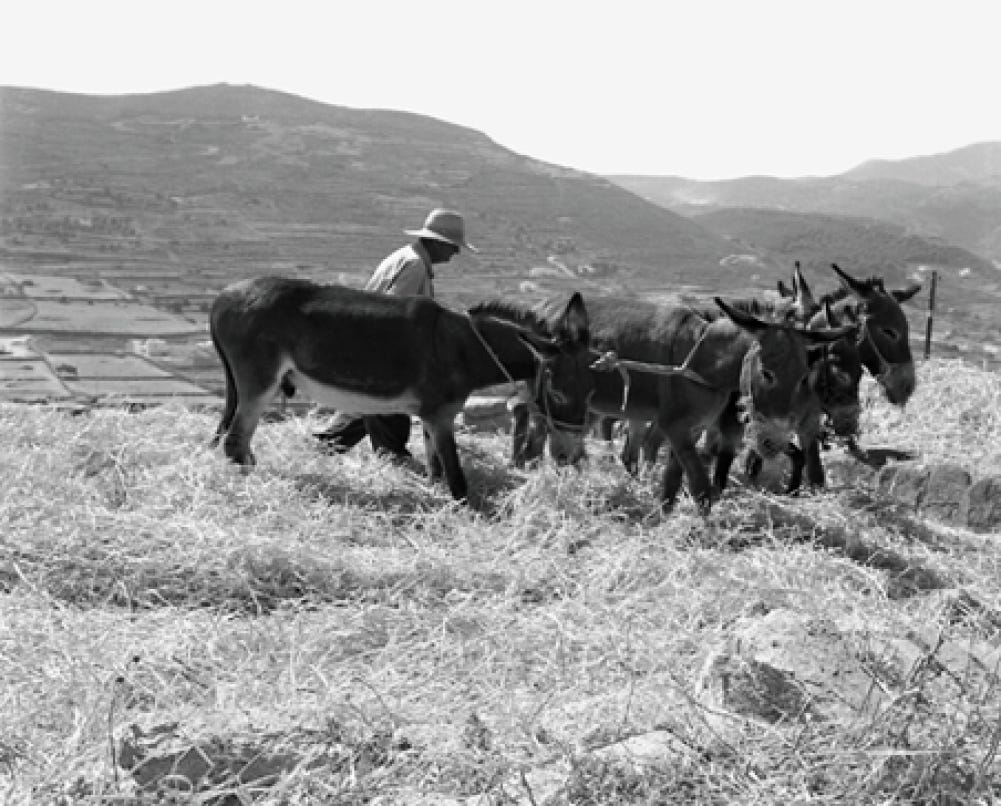
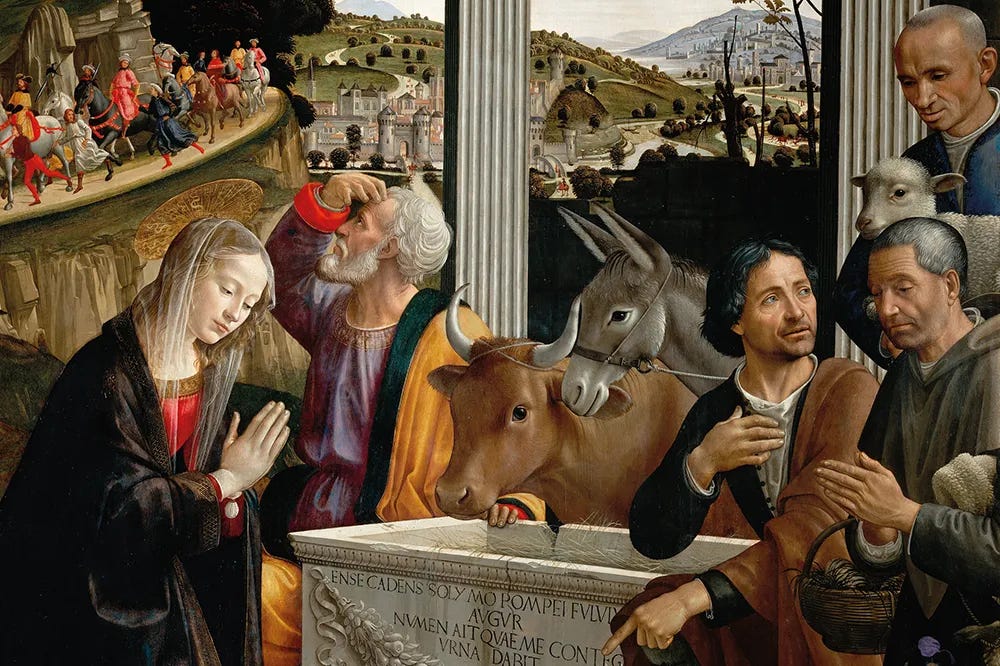
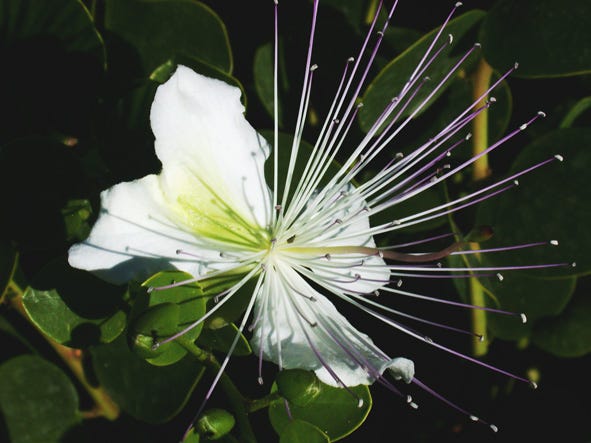
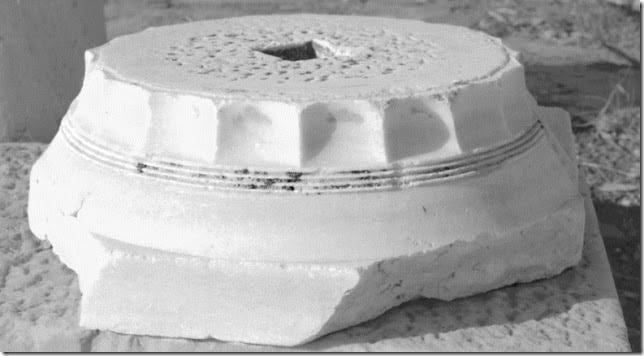
I'm really touched by your words and story-telling, Jun. It's so true how much she could reassure us with her simple and direct, though caring and thoughtful words. She just could pierce right through the doubt or moment. She was so easy to be around, wasn't she. And always learning. I'm so happy I did the digital photography class with her in 2009, sitting right next to her. What a beautiful woman, all around.
I mostly worked with Jane and Jeffrey, less so Liz and John, since I regarded photography as a penance. But I remember her as a beneficent and wise presence in the background as I painted and carved. The mark that the Aegean Center left on me was indelible. Baruch Dayan Ha'emet, may her memory be a blessing.